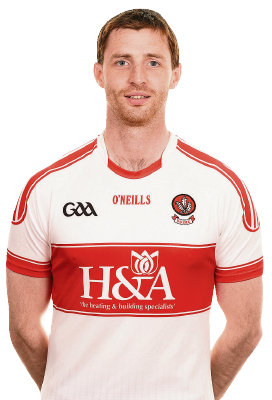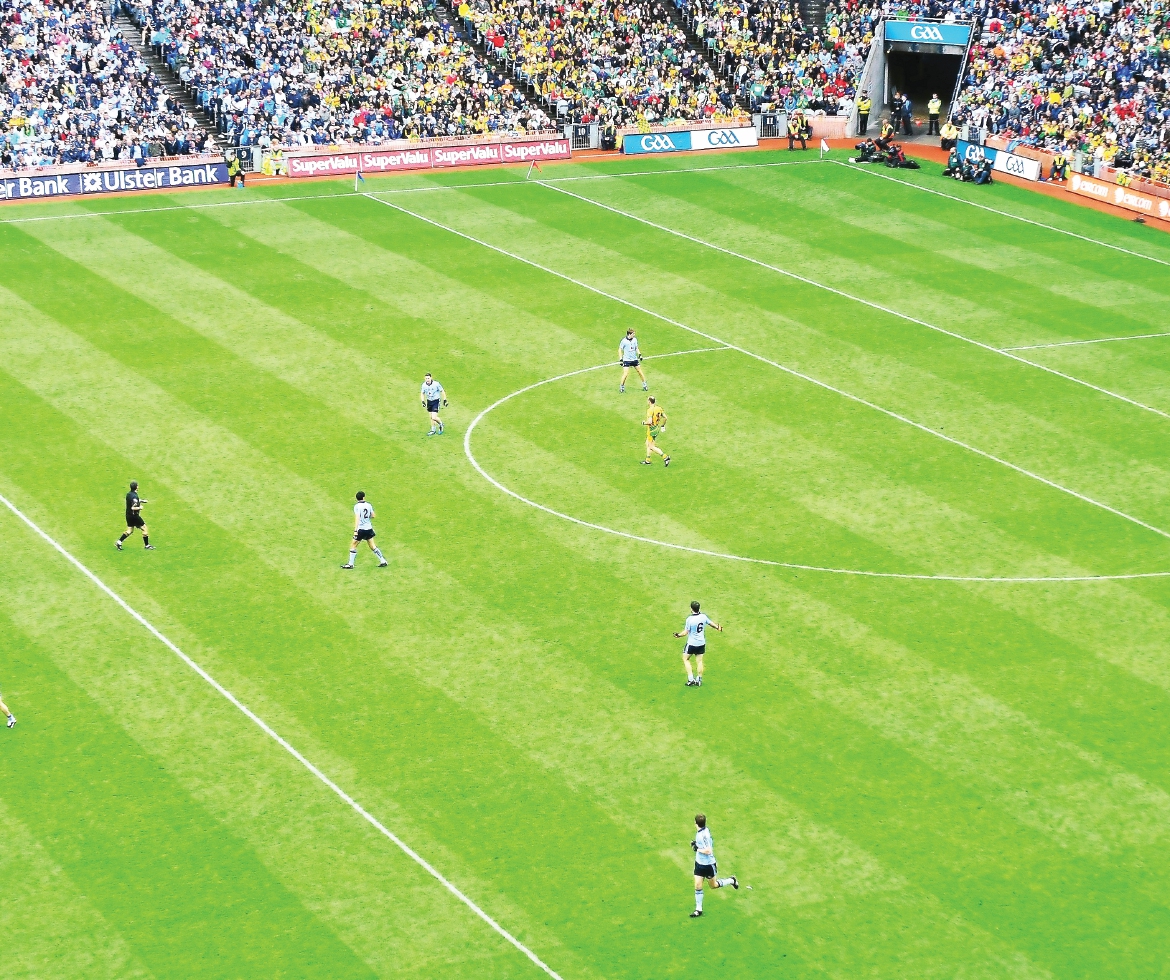- WHEN George Carmen, the greatest QC of his generation, defended the comedian and fantasist Sir Ken Dodd on tax evasion charges (police found several suitcases in his attic stuffed with almost £400,000 in cash), he advised Dodd to wear his lop-sided top hat and waggle his famous “tickling sticks” while he was in the dock.
- The tickling sticks looked like candyfloss, with red white and blue fur on the end of the sticks instead of the floss. When he came into the box to give evidence, Dodd had the jury in stitches, greeting them with the words “How very tickled I am” before tickling himself under the armpits with the tickling sticks and laughing before the judge called for order.
- When Carmen asked him what the income tax rate was, he said “2p in the pound” again bringing the jury to fits of laughter. The prosecution ploughed on, dutifully presenting the overwhelming evidence, but it was clear they were doomed, and the jury duly returned a unanimous Not Guilty verdict.
- When Jim McGuinness appeared at the championship launch last week, he may have forgotten his tickling sticks, but he made up for it with his banter. There wasn’t a dry eye in the house when he said that “Dublin are the most defensive team in the country” and a few moments later, that his Donegal team of 2011-2014 were “not that far removed from the Dublin team at the moment.” Ken would have enjoyed those crackers.
- The idea that there is any comparison between Donegal, a team that scored 0-6 in the 2011 semi-final (the worst thing ever played anywhere in the world in any sport at any level) and 0-12 in the 2014 final (the worst final since games were televised) and this Dublin team is the product of a fantastical imagination.
- The Donegal zonal defensive system entailed the entire Donegal outfield (bar on occasion Colm McFadden) turning and running back inside their own half to take up pre-planned zonal defensive positions as soon as they lost possession. The idea was to flood the opposition scoring area. Man-marking was irrelevant.
- When other teams began to copy them, the game generally deteriorated into a travesty of laborious build-ups, kick-outs to the unmarked corner-backs, endless keep ball, probing for a scoreable free and not fouling. 2012 was a one year ambush, based on an ingenious idea that could only work until other teams got wise to it. Dublin, on the other hand, play football for the ages, as evidenced by their eight All-Irelands since 2011.
- Meanwhile, the Dubs’ basic template – like Liverpool or Bayern or the great Barca team – is to press high, trap, turnover and blitz. They work ferociously to intercept the opposition kick-out (Donegal generally dropped off and allowed it to be kicked to the unmarked corner-back. I had the misfortune of watching a number of their Ulster Championship games against Tyrone and Monaghan and still haven’t fully got over it).
- Meanwhile, the philosophy underpinning the Dublin game plan is attack. To score as quickly and as often as possible. So, in 15 first-half minutes in the 2018 final they took Tyrone for 2-6, 1-5 of that coming off the Tyrone kick-out.
- When they lose possession, they do not turn and stream back en masse into zonal defensive positions. Instead, they track their men. Because they do not retreat into their own half, this forces the opposition defence to come out in support of the man in possession. The Dubs tackle and trap as the opposition tries to move the ball downfield, each man picking up his own man.
- If they manage to get over the halfway line, then a midfielder (usually James McCarthy) or a wing-back drops in to the central area to sweep. When an opposition player breaks through, then and only then do they leave their men and collapse on top of him. Which is what we always used to do before Jimmy.
- Because the Dubs are man-to-man, as soon as they win possession they are ready to attack at pace. This is why with them, there is no holding the ball up, soloing on the spot or slow lateral back passing as they wait for the forward line to run forward out of a blanket defence.
- I made the point to Pat Gilroy recently that their defending is really a by-product of their attacking system. He readily agreed, discussing his own philosophy when he coached them and pointing out a number of facets of their game that illustrate that. The basic aim he said is to give the opposition no time on the ball. To psychologically unsettle them. To be ready to pounce on every mistake and punish it with a goal or point. Basically, to put them in a state of panic.
- It is constant, nerve-shredding pressure. “It requires massive work-rate, but that work-rate is easier to sustain because its purpose is to play attacking football. The players see the scores racking up and it motivates them to keep pressing. They feel the opponent’s fear. It is the right state of mind for any sportsperson.”
- In the 65th minute of the Cavan semi-final last year, with Dublin already out of sight at 0-22 to 0-11, Cavan ’keeper Raymond Galligan delicately flighted a short kick-out to the Cavan defender who was just outside the 21. As he took possession, Dublin corner-back Michael Fitzsimmons and wing-back Robbie McDaid came sprinting in to cut him off from in front, Con O’Callaghan from behind and as they tackled him, he just about managed to get the hand-pass away to a team mate.
- As the ball left his hand, Fitzsimmons, McDaid, Callaghan and now Cormac Costello sprinted to the next Cavan man and overpowered him. The second the four Dubs saw Fitzsimmons get a hand to the ball, they turned and took off towards the Cavan goals.
- Fitzsimmons flicked it up, hand-passed it on to Rock, who gave a perfectly flighted hand-pass to the far post for McDaid (who had kept running off the ball) to palm delicately to the net.
- In Dublin, precisely because they never believed in the blanket defence, they have an eight- or nine-year head start on the others. Instead, they have perfected a constant pressure system that sooner or later breaks the opposition down, a system where opposition defenders need eyes in the back of their heads and a slip or a miscued hand-pass is fatal.
- Unlike Michael Murphy or McFadden, who were left isolated, starved of possession and had to rely on scraps (in the 2014 final Murphy barely touched the ball and was heavily criticised afterwards, despite having been left to go it alone throughout the game), Dublin’s attackers are queuing up to score.
- So, in his last two league games, playing for “the most defensive team in the country” O’Callaghan scored 2-1 against Kerry (Cormac Costello scored 2-3) and on Sunday past, 1-3 against Galway (Costello scored 0-6, only 0-1 from frees), all starting with them getting the ball well inside the scoring zone with danger swirling in the air.
- This is not left to the Gods. It is planned. Con’s primary job is to score. His co-workers’ job is to make sure can do his job. It is worth noting that to date in the league, Dublin have conceded 0-16 (Roscommon) 1-18 (Kerry) and 1-15 (Galway), scores that would make Jimmy take to his bed for a week. Their trick however is that they scored 1-22, 4-9 and 2-16, an average of 22.6 points per game.
- With the Dublin template, skilled forwards thrive and the team is motivated and energetic. The crowd is energised. Children are inspired. The penny is finally dropping that a dull game plan produces dull football and dull conversation. The reality is that the McGuinness era was an absurd, soon to be forgotten nightmare that bears no resemblance to Dublin football.
- Except in Jim’s world, a world where Donegal brought attacking football to the masses, and income tax is 2p in the pound…


28 August 2011; Colm McFadden, Donegal, is the only Donegal player in the Dublin half, which has eight Dublin players. GAA Football All-Ireland Senior Championship Semi-Final, Dublin v Donegal, Croke Park, Dublin. Picture credit: Dáire Brennan SPORTSFILE


